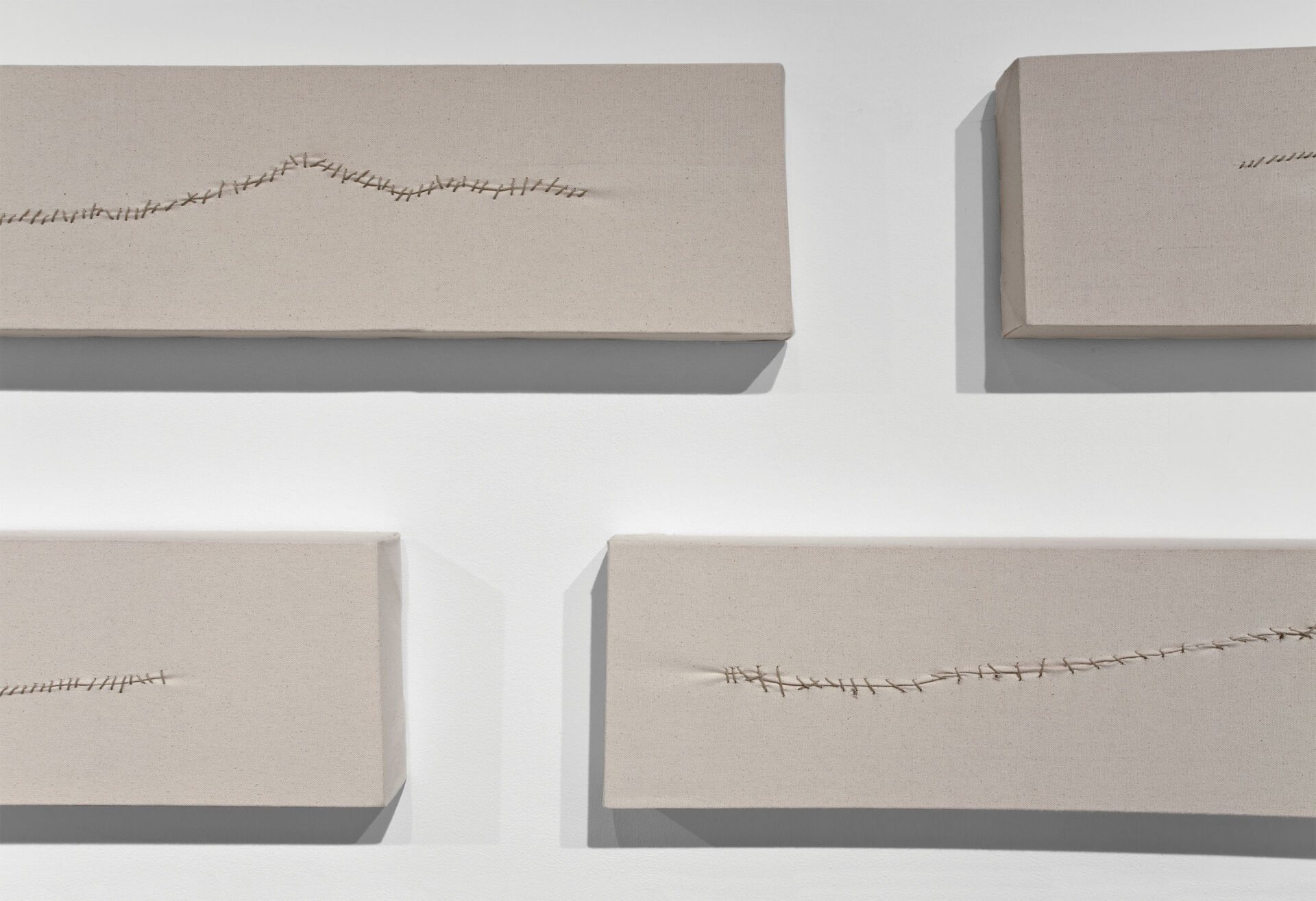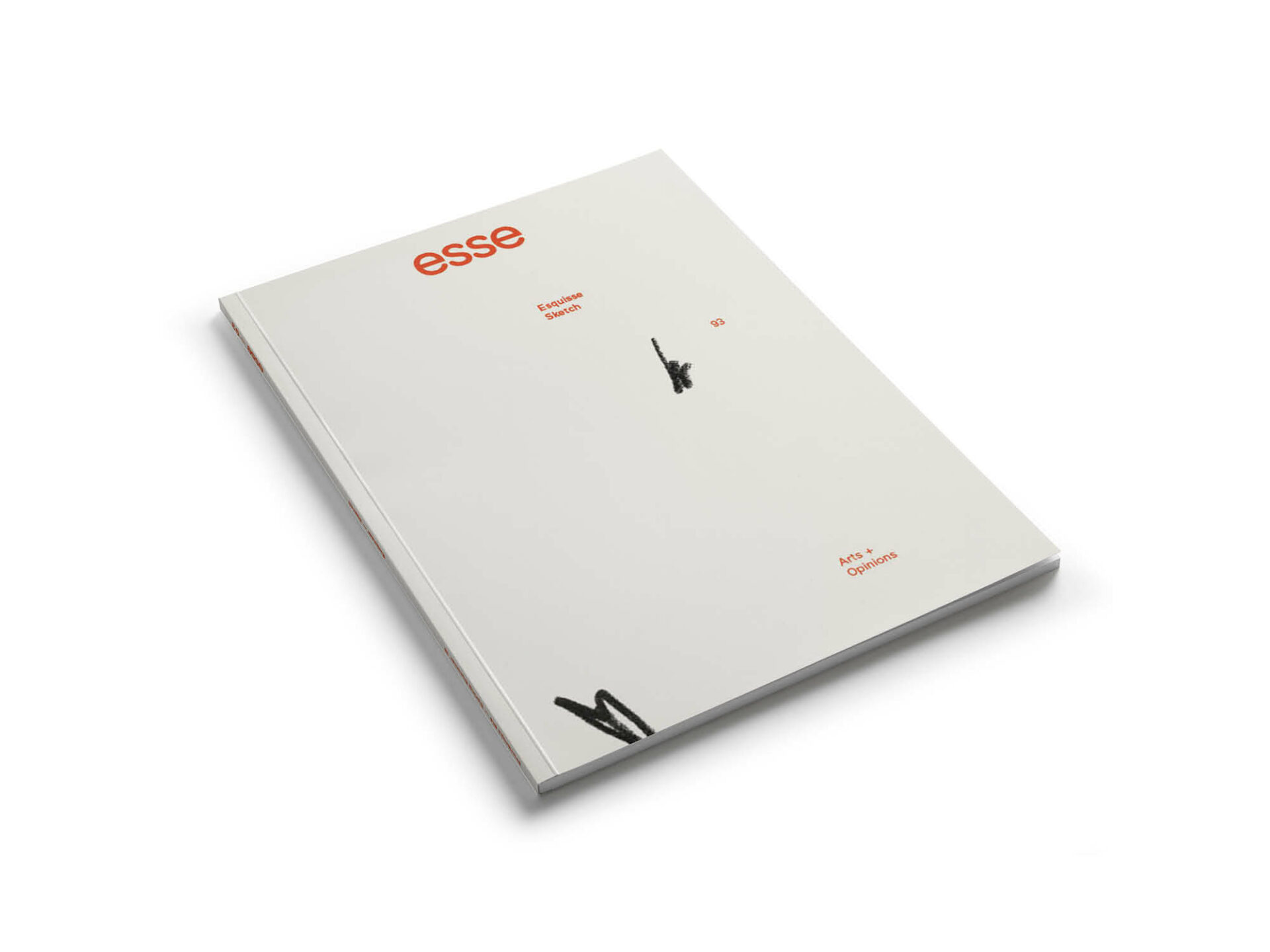
Drawing Lines
At first glance, the sketch may seem a somewhat anachronistic theme in an art world preoccupied with, among other things, social practice, protest art, networks, speculative realism, and cultural appropriation. And yet, it would not be extraordinary to claim that contemporary art is now almost synonymous with an idea of unfinishedness that, to a certain degree, may be said to originate in the sketch, or, at the very least, its elevation to the level of an autonomous work of art. This is not to say that works of art are no longer completed, but rather that the unfinished now dominates contemporary art discourse as both an aesthetic category and an ideology. Such a state of affairs is evident in everything from artists’ choice of materials and methods to the level of participation that they require from their audiences. We celebrate the clever juxtaposition of highly polished and fragmentary or rough objects; social practices that engage the public in shared, often-spontaneous experiences with unfixed outcomes; and reception theories that situate the creation of meaning in the contingent and ever-changing socio-political contexts of viewers. Indeed, most definitions of contemporary art, when they are even hazarded, emphasize the category’s shifting, unfinished, and indefinable qualities. In his famous October questionnaire, Hal Foster remarked upon the heterogeneity of contemporary art, in which art practices seem “to float free from historical determination, conceptual definition, and critical judgment.”2 2 - Hal Foster, “Contemporary Extracts,” e-flux journal, no. 12 (January 2010),
<http://bit.ly/2EVHQfn>.More recently, Terry Smith has described contemporary art as “multiple, internally differentiating, category-shifting, shape-changing, unpredictable (that is, diverse) — like contemporaneity itself.”3 3 - Terry Smith, Contemporary Art: World Currents (Upper Saddle River, NJ: Prentice Hall, 2011), 9.
